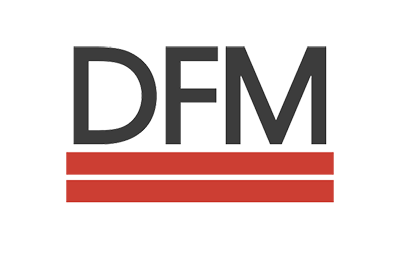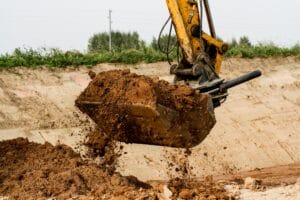Easements are a legal right that the easement holders possess to use a specific property or portion of a property for a limited purpose. The easement holder does not own the property but may need access to the property for a specific purpose. This can include reasons like right of way or utility installation. An easement can be transferred with a property sale, impacting real estate purchases and development projects.
Why Do Easements Exist?
Some developments can lead parcels of land to become land-locked. This might mean land-locked property owners need help accessing essential areas like public roads. If a business owner needs to access a specific through road to deliver or receive goods, they might be granted an easement to allow their delivery trucks to pass through a new site development.
What Are The Different Types Of Easement?
Easements fall into four main categories:
- Party easements involve agreements about a shared boundary, like a shared driveway, wall, or fence.
- Easements by prescription are granted if the individual has accessed a property for a certain number of years, as determined by state law. It is usually over ten years, and the landowner must have been aware of the access but has yet to take action to stop it.
- Easements by necessity involve a court order granted to land-locked property owners or tenants who must cross the land to access certain essential areas.
- Easements by condemnation are granted by the government to provide access to the public to the property. The owner must be granted compensation for providing this easement.
Do Easements Transfer With Land Ownership?
Easements classified as “appurtenant” are attached to the piece of land, and easements “in gross” are attributed to a particular individual or entity, not the land. An example of an easement in gross would be the rights of a utility company to access land for utility maintenance. An easement in gross passes down with the property and grants access to another individual or estate to access the land for a specific purpose.
How Do I Know Whether A Property Has An Easement?
You can find out whether a property has an easement by:
- Reviewing the latest property deed that verifies ownership
- Checking state and county highway mapping
- Associated land surveys
- Looking at the line of title.
This can apply to properties you purchase or land adjacent to any site you own.
How Can An Easement Affect My Bond Release?
An easement can impact the ability of your team to carry out site development and eventually close out a bond. If the construction impacts the easement holders’ access to public roadways or other locations, you may be liable for any damages caused by the loss of access or the need to stop work entirely.
Alternatively, suppose your site development creates a land-locked parcel of land between another property and a public right of access. In that case, you should create an easement to maintain access for your new neighbor.
If you cannot reach an agreement about easements on your new site, you may need to apply for a bond release to compensate for the loss of income caused by an incomplete construction project.
How Can DFM’s Bond Release Team Help?
Our experienced Bond management team can help you with easement coordination if you reach a stalemate with easement discussions on a new or existing development by:
- Gathering, filling out, and submitting all project information required to coordinate easement
- Attending site inspections to understand the nature of the easement concerns
- Work with all parties to develop a straightforward easement agreement
- Work with jurisdictional authorities to ensure any easement complies with local area or state regulations and complete bond release.
Easements are standard parts of property ownership and are often easily transferred from owner to owner. However, if you are creating a new site, you may find that you are subject to an easement holder’s access to public roadways or utility infrastructure, which can impede development or the release of your bond.
If your project stalls due to easement disputes, our bond release team can help you navigate the complexities. Don’t let bureaucracy impact your bond release due to easement concerns.
If you want to find out more about how bond managers can help with your easement issues, contact DFM Development Services to find out more.




